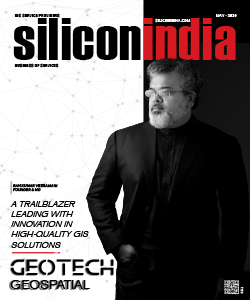'Gigapixel' Camera Can Help Diagnose Skin Cancer Early
So dermatologists typically examine suspicious lesions with digital dermatoscopy, a technique to evaluate the colours and microstructures of suspicious skins not visible to the naked eyes. The need for two types of images drives up costs and limits possibilities for telemedicine.
The gigapixel camera solves this problem by essentially combining 34 microcameras into one.
With a structure similar to a telescope and its eyepieces, the camera combines a precise but simple objective lens that produces an imperfect image with known irregularities.
The 34 microcameras are arranged in a "dome" to correct these aberrations and form a continuous image of the scene.
The exposure time and focus for each microcamera can be adjusted independently, and a computer can do a preliminary examination of the images to determine if any areas require future attention by the specialists.
Marks pointed out that although the resolution of the gigapixel camera is not as high as the best dermatoscope, it is significantly better than normal photography, and allows for a larger imaging area than a dermatoscope and could be used for telemedicine, which could make the routine screening available to a larger number of people, even in remote locations.
The research will be presented later this month at The Optical Society's (OSA) 98th Annual Meeting, Frontiers in Optics in Tucson, U.S.
Also Read:
Black Berry Passport: A Phone For Business Professionals
77 Pct Air Passengers Hooked To Smartwatches, Glasses: Survey


.jpg)

.jpg)
